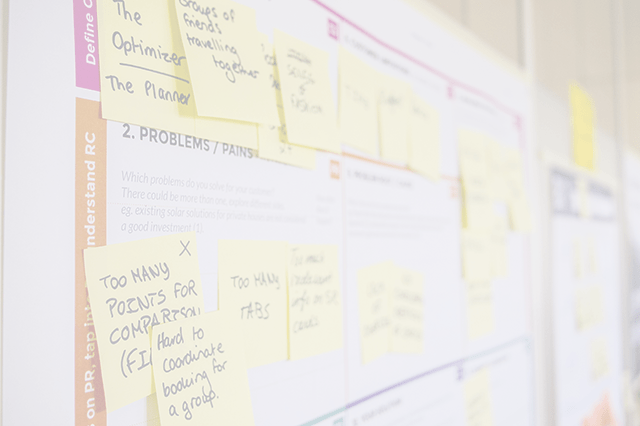Blind Estimation for Planning Poker

When helping people learn Planning Poker I always ask what will happen if one person plays/says their estimate before anyone else. Many people usually spot the problem and they call it “influence.” And they’re right. Sometimes a wise person says, “but I won’t be influenced”. The science of “anchoring” is well known but until recently I couldn’t think of a personal example that illustrates the problem. Happily a recent trip to San Francisco solved that problem.
I was shopping for a new pair of pants. My expected price was $75 for a decent pair of khakis. My first stop was Hugo Boss which sold very casual khakis for $150. I thought, “No way! Far too much money.” In the next few stores I saw several more pairs of pants at $100-120. But fifteen minutes after I first saw the $150 pants, I bought a pair for $100 in Bloomingdales (10% discount because I’m a Canadian). I was happy to get such a bargain. After an insanely long walk back to my hotel I realized what had just happened. Seeing the $150 pants reset my price point and now I thought that was the high end and that $100 was “reasonable”. Luckily I didn’t buy two pairs, which was my original intent.
Anchoring is subtle and it can be pernicious. One comment that really stuck with me in this area came from Dan Airely- even with everything he knows about these kinds of biases and errors he still makes these mistakes.
That is why Planning Poker estimates are done blind, no pre-conversations about the estimate.
Image licensed from Photodune

Mark Levison
Mark Levison has been helping Scrum teams and organizations with Agile, Scrum and Kanban style approaches since 2001. From certified scrum master training to custom Agile courses, he has helped well over 8,000 individuals, earning him respect and top rated reviews as one of the pioneers within the industry, as well as a raft of certifications from the ScrumAlliance. Mark has been a speaker at various Agile Conferences for more than 20 years, and is a published Scrum author with eBooks as well as articles on InfoQ.com, ScrumAlliance.org and AgileAlliance.org.
